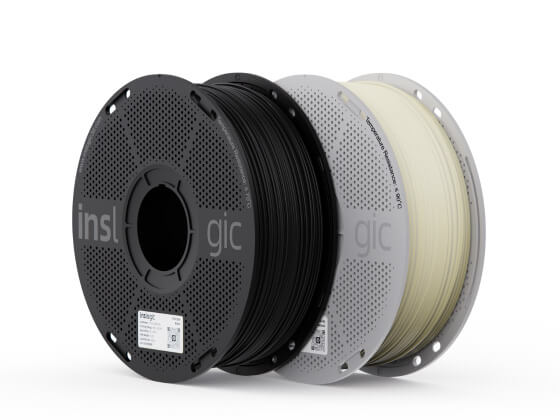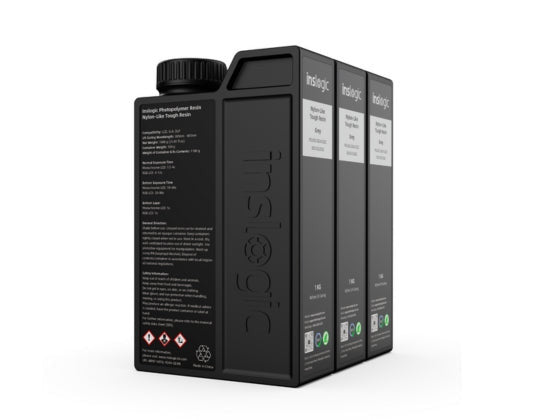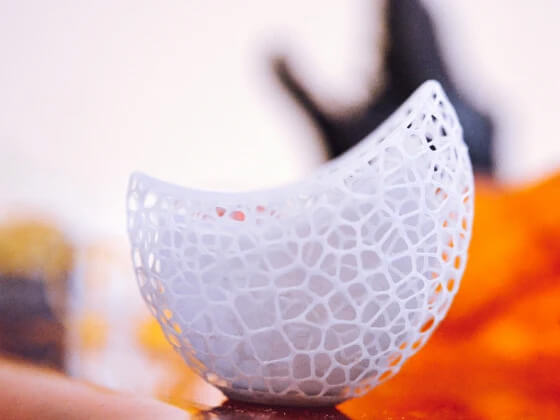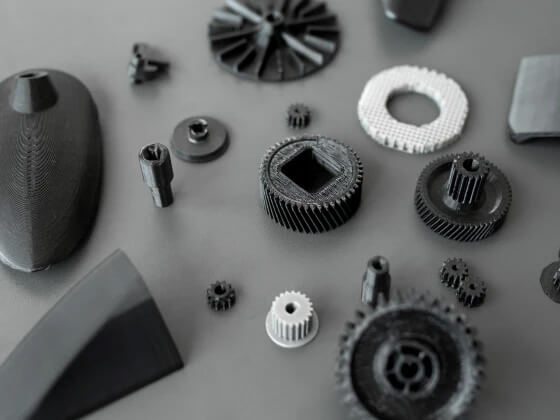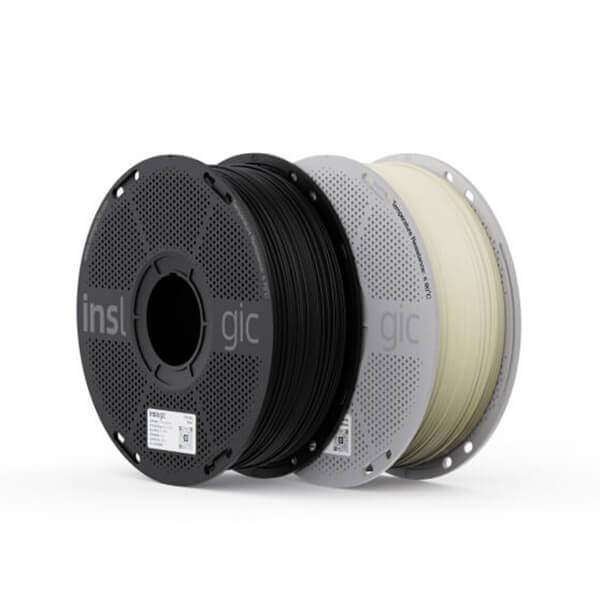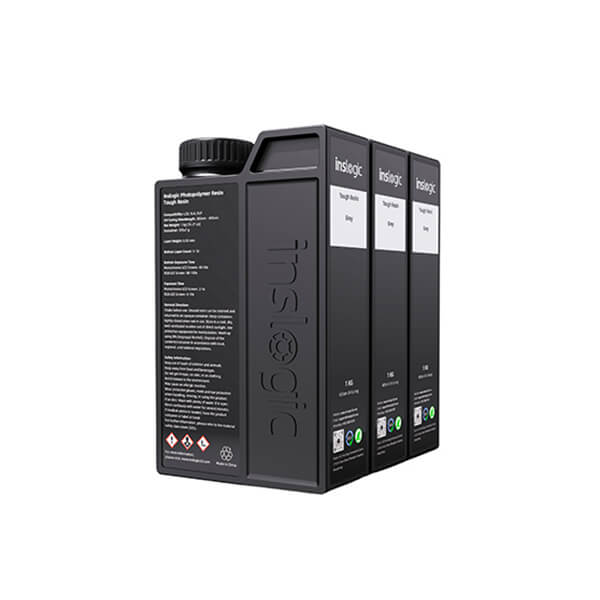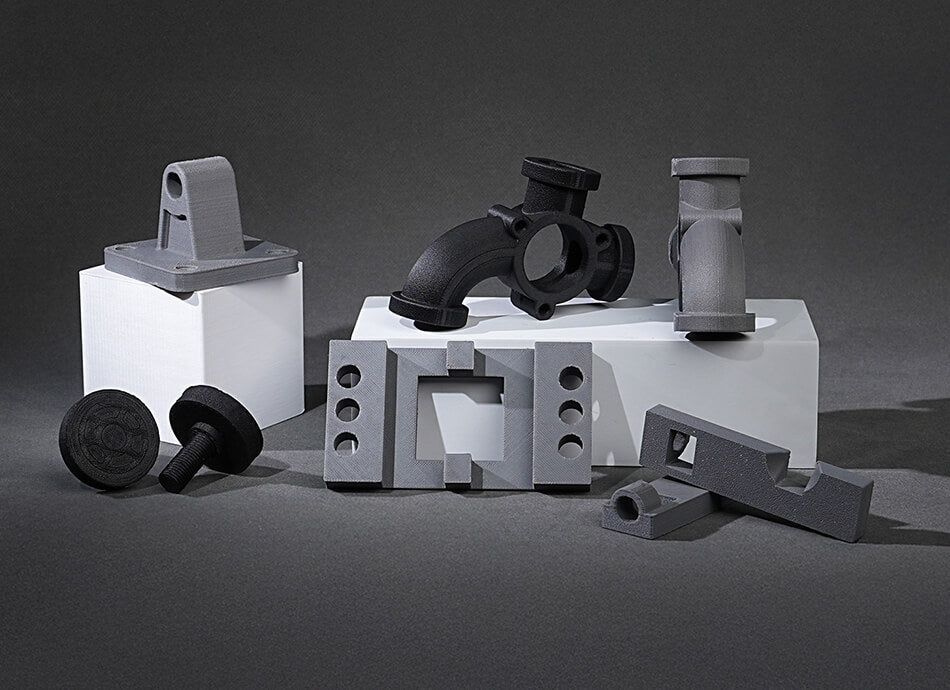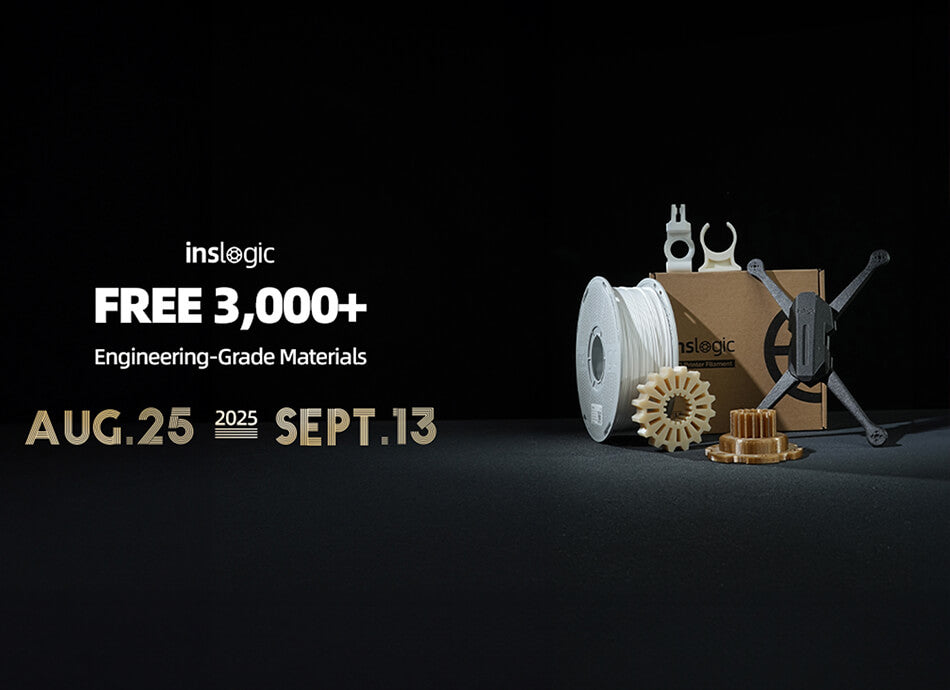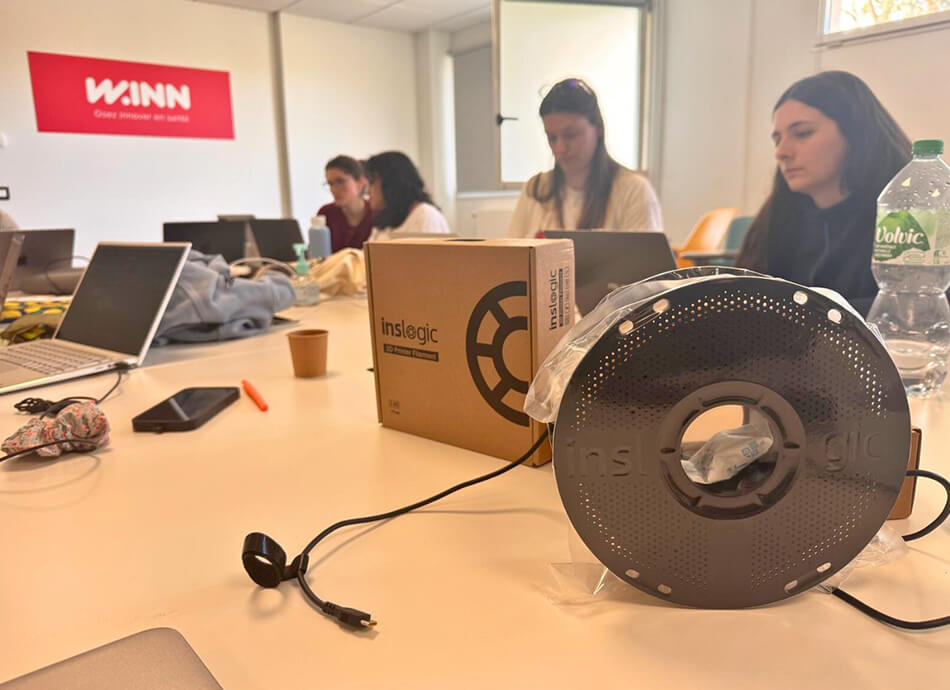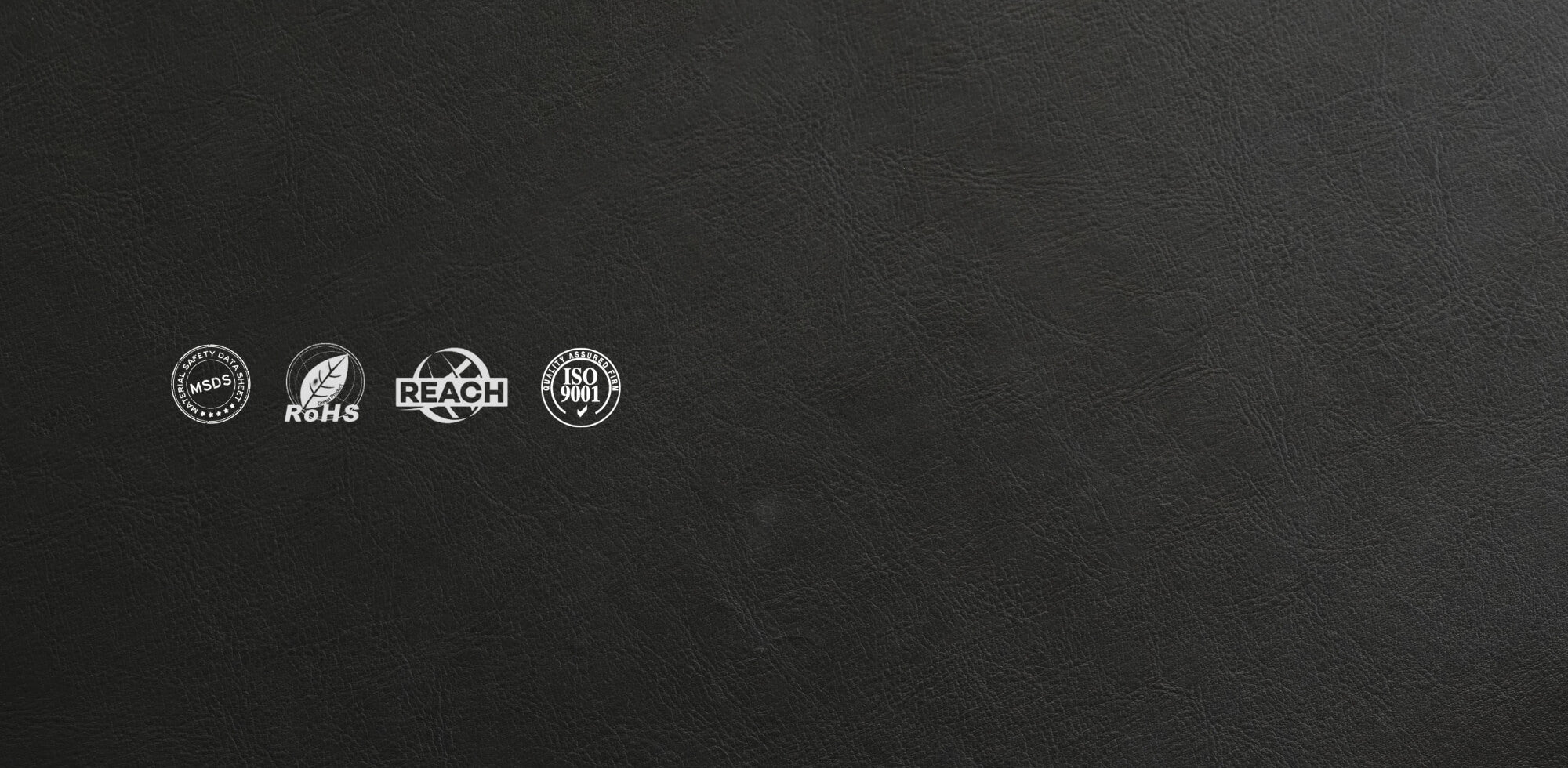This guide offers a detailed comparison and application breakdown to support optimal material selection.
Material Overview
|
Material |
Composition |
Key Characteristics |
Typical Applications |
|
Nylon 6 + 20% High-modulus Carbon Fiber |
High stiffness, heat resistance, superior mechanical strength |
Structural brackets, mechanical assemblies, under-hood parts |
|
|
Nylon 12 + 20% Carbon Fiber |
Dimensional stability, humidity & chemical resistance, lightweight |
Precision tooling, snap-fit housings, field-use enclosures |
|
|
Nylon 6 + 25% Glass Fiber |
Maximum rigidity, high impact strength, thermal stability |
Functional housings, fixtures, high-load mechanical parts |
Performance Comparison
|
Property |
PA6-CF |
PA12-CF |
PA6-GF25 |
|
Tensile Strength |
★★★★☆ |
★★★★ |
★★★★ |
|
Flexural Modulus |
★★★★☆ |
★★★ |
★★★★★ (highest) |
|
Heat Deflection Temperature |
~209 °C (HDT) |
~176 °C (HDT) |
~210 °C (HDT) |
|
Impact Resistance |
★★★ |
★★★ |
★★★★ |
|
Moisture Absorption |
Moderate (requires drying) |
Low (good humidity resistance) |
High (requires drying) |
|
Chemical Resistance |
Moderate |
High (resists oils & fuels) |
Moderate |
|
Printability |
Medium (enclosed chamber preferred) |
Good for composite nylon |
Moderate (abrasive; brittle in thin-walled prints) |
Application Breakdown
PA6-CF
Designed for: High-strength, high-heat structural applications
● Automotive: Engine bay components, brackets, functional prototypes
● Manufacturing: Jigs and fixtures, robotic arms, structural frames
● Aerospace & Drones: Lightweight support elements, gimbal mounts
● Benefits: Excellent mechanical strength and rigidity with thermal endurance up to 209 °C
● Considerations: Sensitive to moisture—requires drying; prone to warping without chamber
PA12-CF
Designed for: Precision parts exposed to chemicals or outdoor environments
● Tooling & Fixtures: Dimensional stable jigs, high-tolerance tools
● Consumer Electronics: Casings, holders, mounts
● Outdoor & Industrial Use: Enclosures exposed to oils, solvents, or humidity
● Benefits: Stable in humid or chemically aggressive environments; high surface finish
● Considerations: Lower stiffness than PA6-GF25, but better overall resilience to environmental exposure
PA6-GF25
Designed for: Maximum rigidity and structural performance under load
● Industrial Equipment: Enclosures, load-distributing frames
● Power Tools: Structural housings, high-impact handles
● Automotive Interiors: Support frames, vent brackets
● Benefits: Excellent stiffness and thermal performance (HDT ~210 °C), good dimensional stability
● Considerations: Brittle in thin-wall geometries; highly abrasive—use hardened nozzle
Summary: Which Filament Should You Use?
|
Use Case |
Best Material |
|
High-load mechanical components |
|
|
Outdoor or chemical-resistant parts |
|
|
Rigid, structural housings |
|
|
Lightweight functional prototypes |
|
|
Heat-resistant, impact-prone parts |
Final Thoughts
When precision, durability, and environmental resilience are critical, material selection becomes strategic. From automotive fixtures to industrial tooling and field-grade housings, Inslogic’s composite filaments - PA6-CF, PA12-CF, and PA6-GF25 - deliver optimized mechanical performance for demanding applications.
🔗 Explore Inslogic engineering materials at: www.inslogic3d.com

